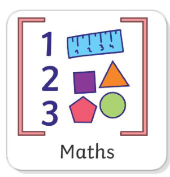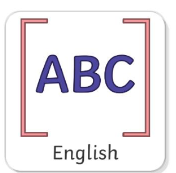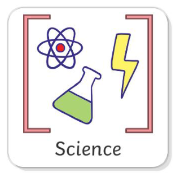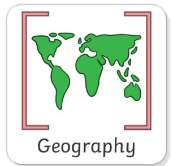Thursday
To be able to understand that subtraction can be done by crossing out or taking away.
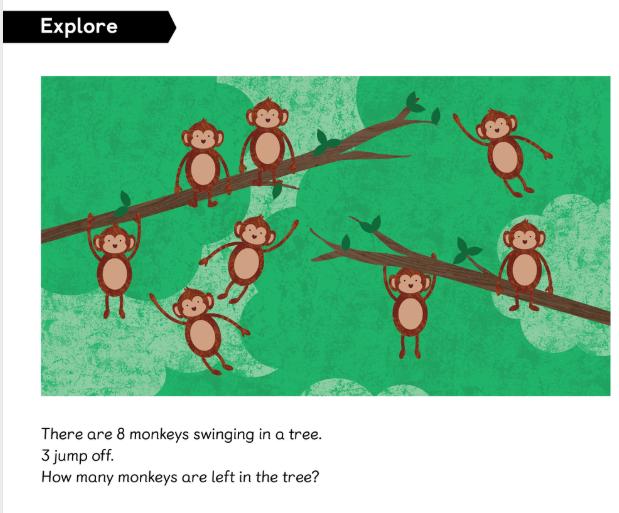
How could we solve this question?
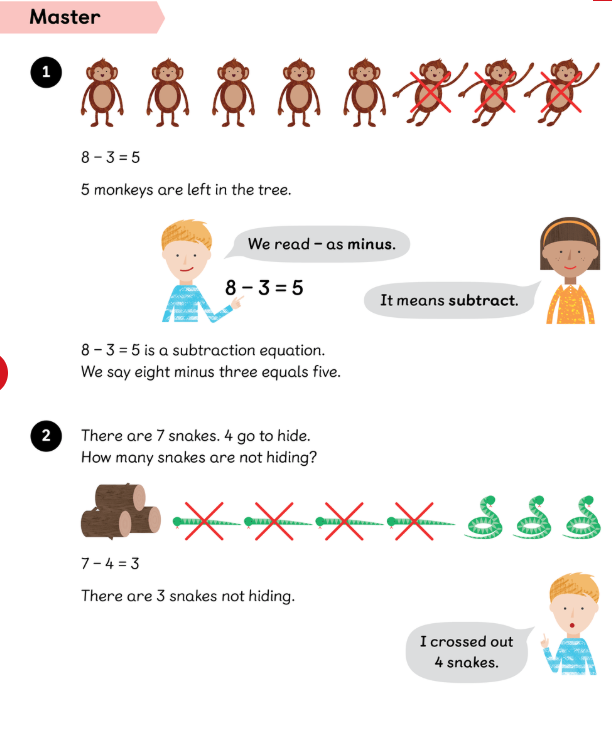
When we are subtracting the number is getting smaller.
Talk partners
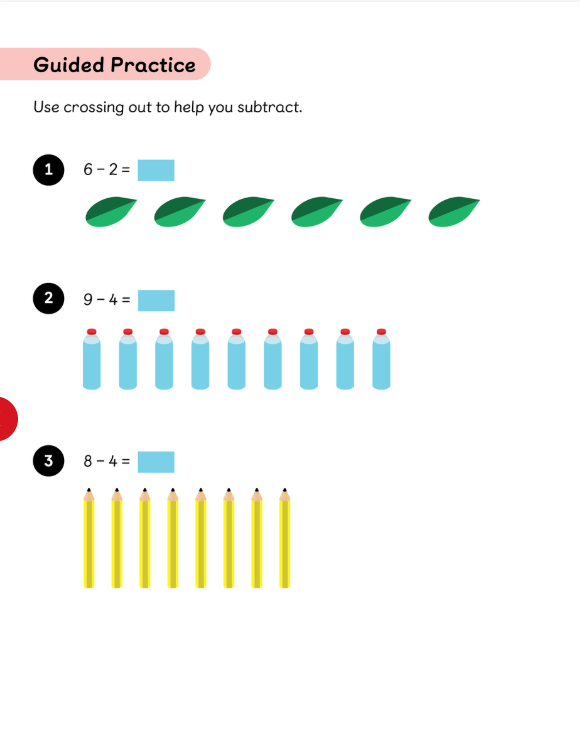
Use your number blocks to help you solve the questions above!
Grammar
To be able to identify and use question marks.
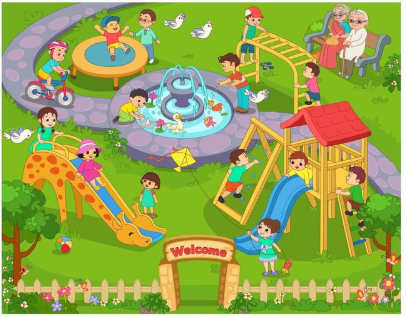
What questions would you like to ask the people in this picture?
Example:
(To the two ladies sitting on the bench) What are you talking about?
To be able to locate parts of a text that gives particular information.
Let's read together and find out what different features of an information text are called.
title
subheading
picture
fact box
label
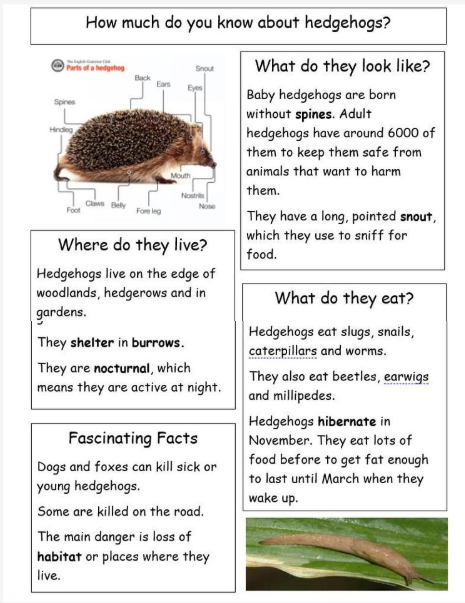
Your challenge is to find these features in books about other animals.
Is there a way to test what would happen if we lost one of our senses?
-
Can anyone name our 5 senses?
-
What do we use them for?
-
What might happen if one didn’t work?
We have 5 senses – sight, hearing, smell, taste, and touch. Each one helps us in different ways. If we lose one, we have to rely more on the others.
Today, we’re going to test what it’s like to lose one of our senses – sight!
We'll try to figure out mystery objects while blindfolded.
Talk partners
Can we still know what something is without seeing it?
.
🧪 EXPERIMENT: Mystery Object Challenge” – What If We Couldn’t See?
Materials:
-
Blindfolds (or scarves)
-
A box or bag with mystery objects (e.g., a feather, sponge, toy car, apple, pencil, etc.)
-
Chart to record predictions and observations
Instructions
-
Students take turns being blindfolded.
-
They reach into a bag/box and touch an object.
-
They describe it using touch (bumpy, soft, cold, etc.) and guess what it is.
- They record their results on their recording table!
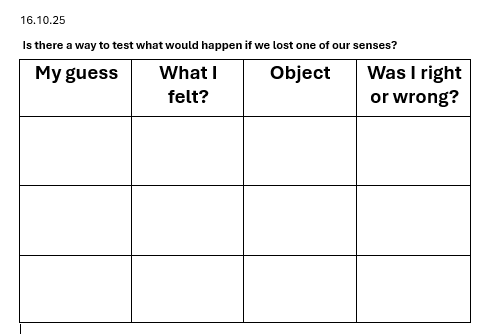
-
Can we use research to find out if living in Burnley is the same for everyone?
Last week, we looked at maps and photographs of areas of Burnley (a town) to identify human and physical features. Let's remind ourselves of what we found.
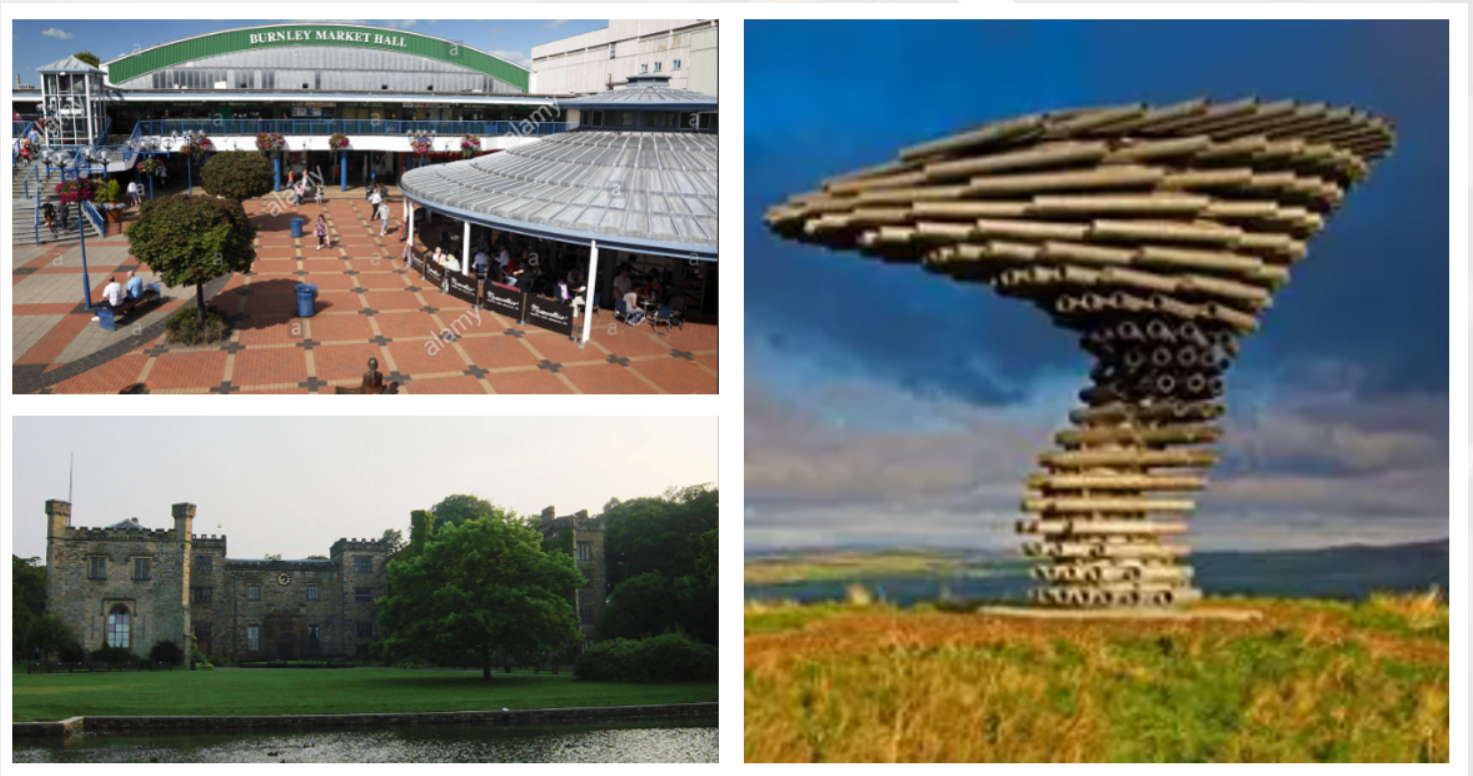
Use the words more/fewer to finish these sentences:
There are ___________ human features.
There are ___________ physical features.
What's it like to live in this area?
Discuss with your partner.
Now let's explore a village on the outskirts of Burnley called Worsthorne.
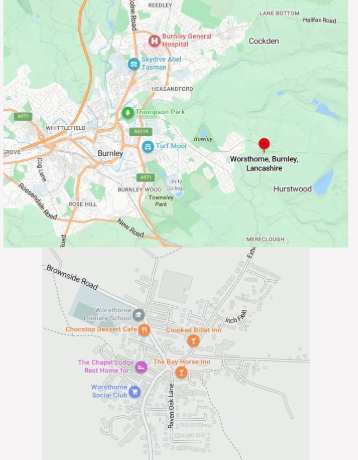
What features can you see?
Use the words more/fewer to finish these sentences:
There are _______ human features.
There are _______ physical features.
Let's use Google Earth to view this settlement from above in 3D.
What's it like to live in this area?
Discuss with your partner.
It's your turn to answer the question:
Is living in Burnley the same for everyone?
Use these sentence openers to start your sentences:
It is the same because....
It is different because....

